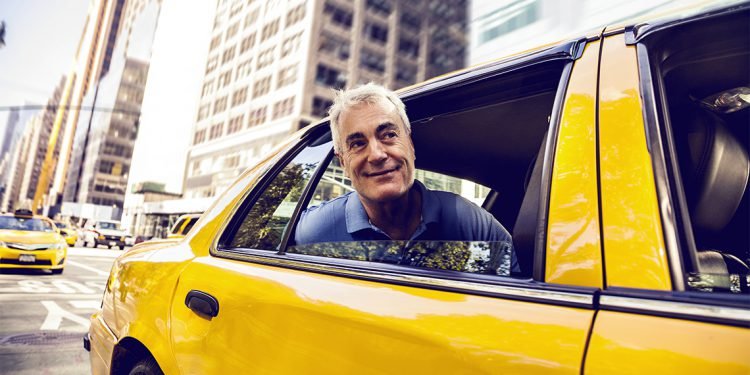Driving in New York? Forget about it. Traffic can be horrendous and parking garages expensive. There’s a reason people walk or take public transit. Here’s how to get around.
Subways
Head underground. The subway is quick, inexpensive, relatively safe — and a genuine New York experience. It also runs 24/7. Most subway lines run north and south, like the city avenues, with a few lines east and west, like the streets. It’s smart to stand back from the edge of the platform, because injuries have occurred from people falling onto the tracks. If it’s a quiet time of day, stand in the middle of the platform, not at either end, where you may be alone and away from the safety of numbers. After 11 p.m., best to skip the subway and travel by taxi or car-share instead.
You can find maps at mta.info. Seniors pay half of the $2.75 single-ride price. But note that only 36 of 147 Manhattan subway stations are wheelchair accessible with elevators or escalators, and even an accessible station may have inaccessible trains or platforms.
Buses
Buses crisscross Manhattan, and you can combine a bus ride with a subway ride at no additional cost if you transfer within two hours. Seniors (65 and up) get half price on a single-ride fare, payable with a MetroCard or exact change. All are equipped for those in wheelchairs or using walkers.
Taxis
More than 13,000 iconic yellow taxis serve the city. When the cab’s rooftop medallion number light is on, the taxi is available. When it’s dark, the taxi is in use. If the entire medallion panel is lit up, the driver is off duty. Drivers are required to take you anywhere in the five boroughs and to Newark Airport in New Jersey. They also must assist disabled passengers, though only about 4 percent of cabs are wheelchair accessible.
The best alternative is Access-A-Ride, a public service that provides door-to-door vehicles for the physically challenged for $2.75 per ride. Request your ride 24 to 48 hours in advance.
Ride sharing
Cars from sharing services like Uber or Lyft are as ubiquitous as skyscrapers and come in especially handy during busy times when cabs are scarce. Fares vary according to demand, distance and type of car requested.
Bike sharing
CitiBike is New York’s bike-sharing program. A day pass gives you an unlimited number of 30-minute rides in a 24-hour period for $12. Affordable? Yes. Safe? That’s debatable. Helmets are not provided, and only a handful of the city’s perennially congested streets have bike lanes. So you might want to stick to a leisurely ride around Central Park if you’re not an experienced and agile urban cyclist.
Accessibility
While Manhattan strives to make itself accessible, with curb cuts and ramps, the reality is less than ideal. About 80 percent of street curbs don’t meet federal standards for the disabled. Navigating the city’s densely packed sidewalks — especially in teeming Times Square — is akin to tackling an obstacle course even for those who are fleet of foot. In a wheelchair or with a walker or cane, it can be frustrating and exhausting.
For information about accessibility throughout the city, check the interactive content on Accessible NYC on NYCGO.com, the city’s official tourism website. It can help visitors with mobility, hearing or sight challenges at arts and entertainment venues, restaurants, museums and galleries, family attractions, and sports and recreation facilities. For example, the Metropolitan Museum of Art has two wheelchair entrances and lends a wheelchair to visitors on a first-come, first-served basis.















































